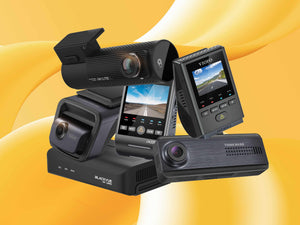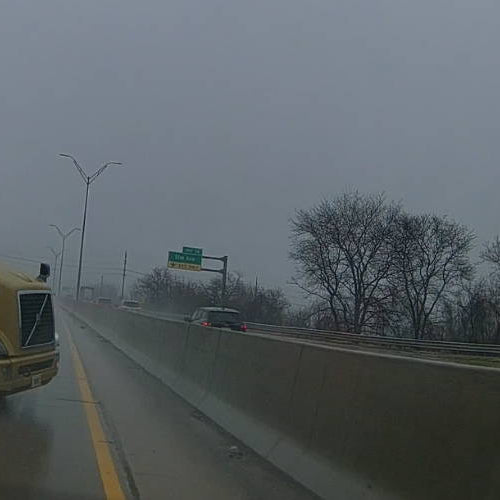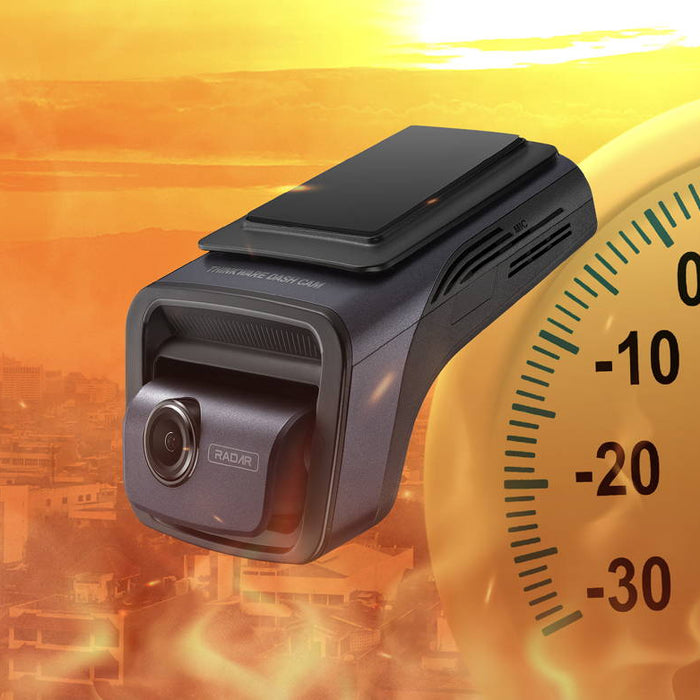You bet! A higher capacity memory card means more data can fit onto the card before it runs out of room to store new data. This is particularly important because of the dash cam’s loop recording function.
Higher capacity = more room for more data = recording more data before overwriting kicks in
For example, say you have a 16GB microSD card, which gives you about a bit over an hour of recording for your Thinkware U1000 Front-only dash cam. Now, say your commute to and from work is typically 45 minutes each way (in other words, you drive about 90 minutes per day). That’s 1.5 total writes a day on the SD card. If the SD card you have is good for 500 total writes, that’s 333 days and you will be needing to replace the SD card right about next Black Friday.
The less overwriting your dash cam makes, the longer the SD card will last.
Now, before you run out and buy the highest capacity SD card you can find, check your dash cam’s user manual or the product information page on BlackboxMyCar first - the maximum supported capacity varies from dash cam brands and models. There really is no point in getting a 256GB for a Thinkware M1 when the maximum it can support is 64GB, is there?
Want to know how much video (in minutes) will an SD card hold? Check out our Recording Capacity of SD Cards chart.





